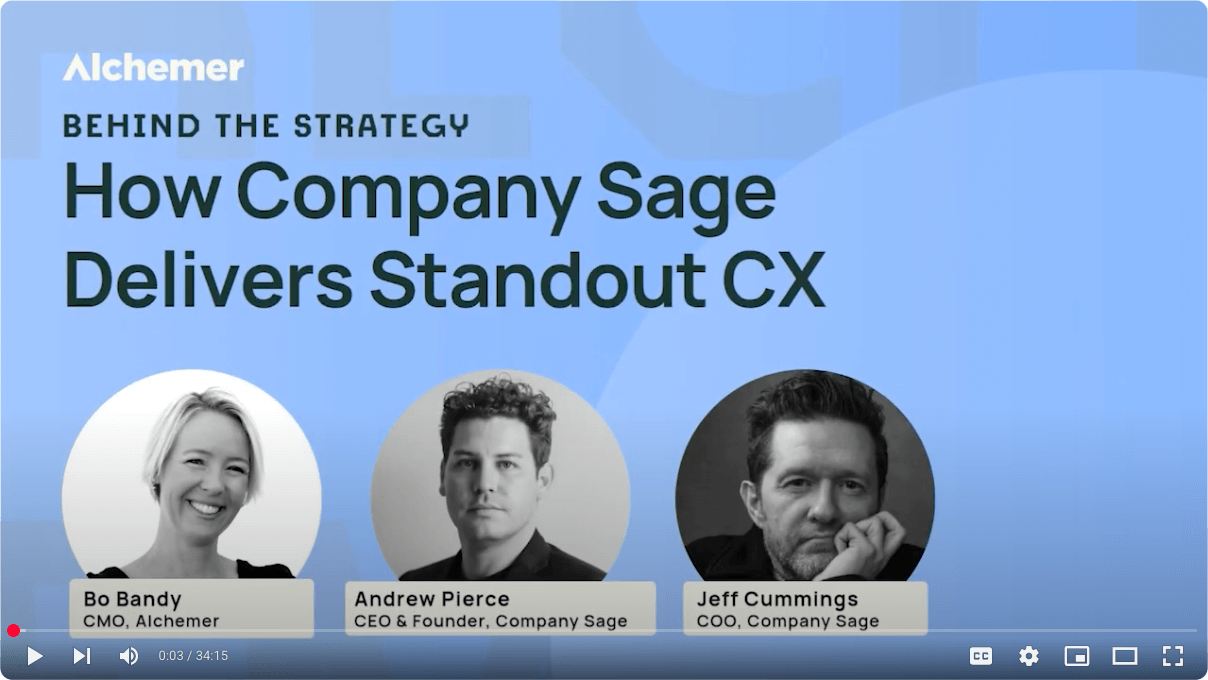The long and short of it: In healthcare, patient experience is the biggest contributor to the bottom line
Highlights:
- The healthcare industry has shifted from a volume-based industry to a value-based industry.
- As healthcare costs skyrocket and health outcomes plummet, the industry has made a concerted effort to cut costs and improve the delivery and quality of care provided.
- Study after study consistently shows a direct correlation between experience and the bottom line.
Experts warn that if hospitals neglect to adjust their revenue cycle to align with the expectations of the patient population they serve, the business will see a rise in debt and their patients will look for care at another facility.
An estimated $4 million of annual income per hospital is tied to the patient perception of care, the Hospital Advisory Board estimates.
Of the $1.5 billion reimbursed in 2016, $450 million was linked to patient experience and care perception, the Center for Medicare and Medicaid Studies found.
Yet, challenges still persist around improving the patient experience. In this article, we review some of the top challenges that are slowing healthcare facilities down from adopting a 100 percent patient-centric care delivery model.
Healthcare is now operating in a competitive market for the first time
The healthcare industry has never really had to sell itself like other businesses to get consumers to buy from them.
Today’s consumers, however, are more prone to ditch their healthcare provider for another if the service of the other is less expensive, more convenient, and digitally enabled.
This new competitive era requires the industry to market to their target audience, prove to this audience that the service provided is better than the other healthcare organizations, and consistently deliver a rich experience every single time a patient interacts with the facility.
This can be done by combining a marketing strategy with patient data and forming the health facility’s value proposition around it.
Understanding the needs of your target audience is critical when determining how to frame the contribution you provide as the solution.
Providing care to a patient without knowing their needs and expectations of care is like driving a car blind. It’s only so long before you crash.
Meeting a patient’s expectations is a moving target
Getting people’s attention is hard, and only gets harder every day. Between dwindling attention spans, new technology coming to market, and constantly shifting expectations, cutting through the noise is a challenge with which even the best advertisers struggle.
Yet, as consumers, we expect businesses to adjust to meet our needs and demands regardless. For example, as consumers become more accustomed to free two-day shipping from Amazon Prime, they expect other companies to follow suit with fast, free shipping for online orders.
Adjusting to consumer expectations is equally important in healthcare, and collecting patient feedback on a consistent basis is one of the best ways to stay up to date on their expectations and needs.
Lack of standardized definition of value
In order to consistently deliver value, health facilities need to determine what value means to them and communicate this relentlessly to their patients. Otherwise, what a patient determines as the value may not align with what the facility deems as value.
Without a standardized and shared definition between patient and provider, providing value is derived from two different benchmarks — ultimately, missing the mark altogether.
Relationship building requires different skills and takes time
Traditionally, a doctor interacts with a patient on an as-needed basis, which boils down to just a few minutes together. The doctor usually asks questions, reviews the patient’s chart, shares a diagnosis, administers care, and leaves.
This idea of an engaging and ongoing patient-doctor relationship was never a variable. As it turns out, human beings want a lasting and consistent connection with their healthcare providers. It’s a proven approach that has shown the closer the relationship, the more proactive the patient is with managing their health in their day-to-day life.
To meet this consumer need, many healthcare professionals must brush up on soft skills, such as interpersonal communication, social intelligence, and a flexible attitude, in order to engage with the patient throughout their time at the facility and not just on an as-needed, transactional basis.
As with any strong and trusting two-way relationship, it takes time to develop and mature. The more interactions you have, the closer you become.
With a little marketing communication between visits and social media engagement, building a connection with your patients — while a new approach for the industry — is easier to accomplish today than perhaps 20 years ago thanks to technology.
This is one area in which the shift from volume to value puts a stop to doctor’s looking to just meet a quota.
How to become a marketing organization
Health facilities should be actively looking into redefining what their current (if any) marketing looks like and refocusing it on evolving into being a modern marketing organization.
While the main objective of marketing is to generate revenue by getting people to buy your product or service over another, effective and longer-lasting marketing is the main driver in creating lasting creating lasting patient-provider relationships, sharing helpful resources, and establishing trust with your patients.
By using insights collected from your patients either through patient feedback surveys or a market research study on the specific patient population you serve, you will be able to:
- Deepen your understanding of your audience needs, wants, and pain points.
- Develop patient personas using the collected insights.
- A persona is often used as a representation of your target customers and what traits they possess, such as motivations, pain points, and demographic information.
- Typically, a company has three to five personas that represent their audience.
- Using patient personas in your marketing strategy is the missing link needed to make the full shift toward a consumer-centric environment.
- Patient personas help to shape an intimate, personalized experience.
- Conduct keyword research to find out what your audience is researching as it relates to healthcare, and use keyword research insights to develop your messaging.
- Build an outreach campaign that positions your products and services as the solution to your audience’s main pain points.
- Gauge competitive insight to find opportunities for improvement.
Experience is a competitive advantage, revenue generator, and contributor to healthier patients
Honing and crafting a rich experience for your patients using data and collected insights is not only a way to continue making money as a business but also the best way to retain patients, foster an experience-driven reputation, and improve the care provided to each patient.
While it’s not an overnight fix to some of the industry’s largest problems, reshaping and rethinking the overall approach to the experience delivered by healthcare providers is the first step.




